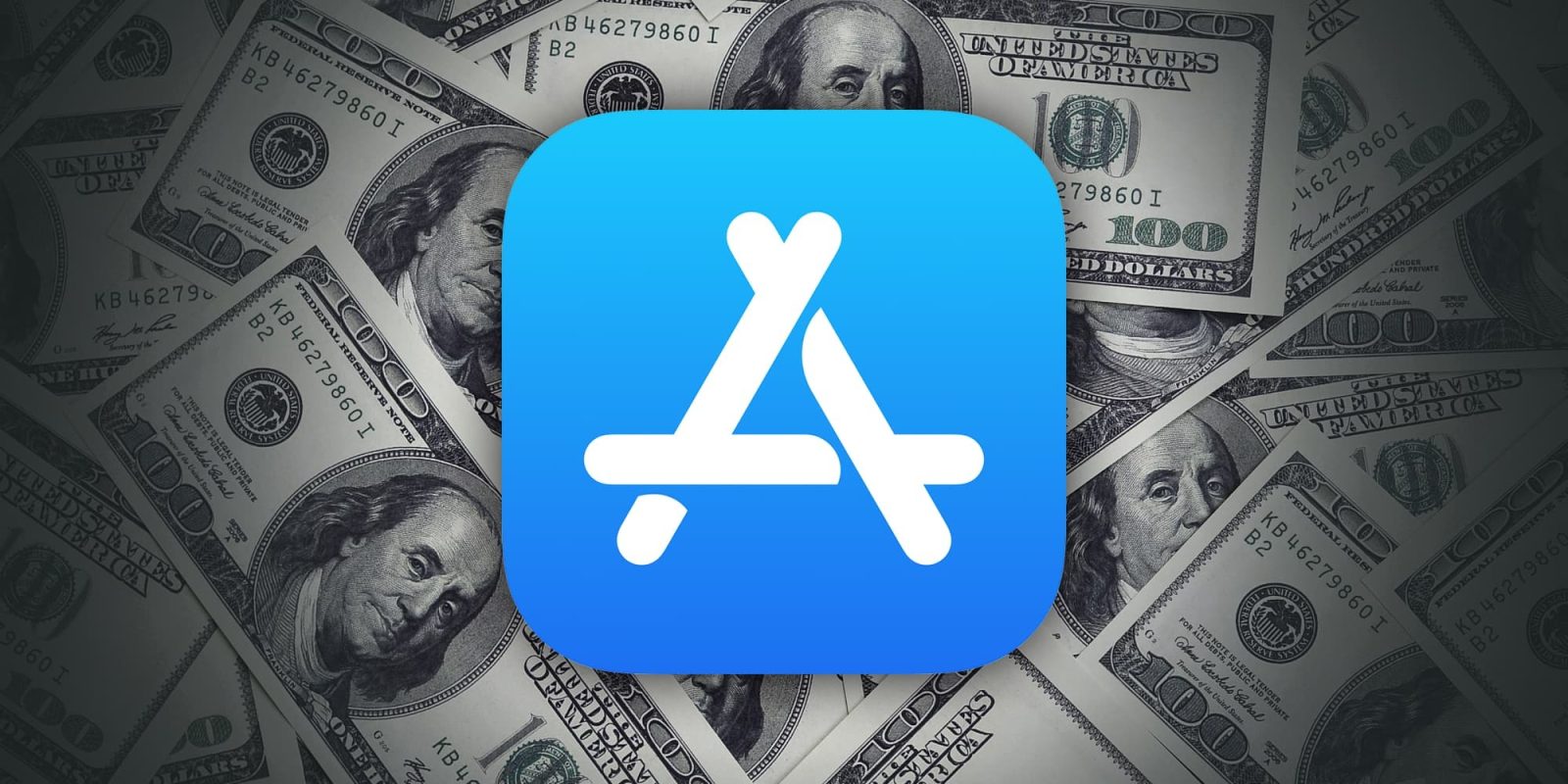‘Apple in China’ book convincingly argues that the iPhone could be killed overnight
Based on more than 200 interviews with former Apple execs and engineers, Patrick McGee’s Apple in China – The Capture of the World’s Greatest Company ought to leave Tim Cook laying awake at night. It makes a convincing argument that the iPhone could be killed overnight should the Chinese government wish it.
This is a book reminiscent of Walter Isaacson’s Steve Jobs in its careful research and the detailed inside stories it tells about Apple. The company’s official line is that it’s full of inaccuracies, but the case it makes is an incredibly persuasive one …
The beginning of the story is, of course, well-known. By early in 1996, Apple was losing money on every product it sold. The company’s treasurer warned the board that the company would run out of money in around May of that year.
To save itself, Apple sold its own manufacturing plants and made the decision to outsource all production. While the company tried a number of different countries along the way, it wasn’t long before production was shifted to Taiwanese companies with manufacturing plants in China.
Taiwan and China offered the scale and cost structure needed for Apple products to be profitable, but what they couldn’t offer was the precision and focus on excellence demanded by Steve Jobs. Apple solved this problem by sending plane-loads of its own engineers to the country, embedding them into local factories in order to teach its fledgling suppliers how to make quality products.
That wasn’t just in production lines for Apple’s own products, but those of the entire supply chain – many hundreds of companies in all. And Apple didn’t want to have single points of failure in its supply chain, so it brought its money and training to many more Chinese manufacturers than it actually needed, helping train, fund, and modernize a huge chunk of the country’s economy.
Apple itself estimates it directly and indirectly trained around 28 million people, and McGee estimates that the company put a staggering B into upgrading the country’s manufacturing capabilities during the first five years. Effectively, Apple helped transform China from a cheap source of shoddy products into the most advanced manufacturing center the world has ever seen.
In particular, what seemed like a key Apple strength would ultimately prove deeply problematic. The company’s power in negotiating incredibly low pricing meant that the iPhone maker not only taught China how to mass-produce high-quality, premium products – but also how to cut costs without affecting quality.
That had three enormous impacts:
On Apple
On the US economy
On the global economy
Apple: The company invested so much money and intensive training into Taiwanese and Chinese manufacturing plants that, in time, there was nowhere else its products could be made. McGee notes that while Apple makes much of its Made In India iPhones, the reality is that only final assembly is carried out in the country. Everything assembled originates elsewhere, and in most cases that’s Taiwan or China.
The US economy: That ability to conduct precision, quality manufacturing at unbeatable prices meant that China became an unstoppable production powerhouse. American companies simply couldn’t compete, and over time more and more US production moved to China. It wasn’t just Apple which was now completely dependent on China, but almost all other American companies too.
The global economy: Where consumers once faced a choice between quality western products, and cheap Chinese ones, Apple had taught the country how to make cheap, quality products. That meant that Chinese brands like Huawei started competing on the global market, including in the premium tiers once the preserve of the top western brands.
The most chilling claim in the book is that if China ever decides to shut the door on Apple, it can. Overnight.
“They can lower the boom on you in a million different ways,” says Brady MacKay, the former US special agent who has witnessed Beijing deploy a number of tactics against other companies to make its point. “Like, raw materials- they can shut that off in a heartbeat,” he says. “Electricity—all of a sudden it’s only available four hours a day.”
If China ever decides that manufacturing for Apple is less lucrative than killing the iPhone in order to create massively more demand for premium Chinese brands, Apple is dead in the water.
That’s the core thesis of the book – and the argument is very well made. I highly recommend reading it.
Apple in China is available on iBooks and Amazon.
Add 9to5Mac to your Google News feed.
FTC: We use income earning auto affiliate links. More.You’re reading 9to5Mac — experts who break news about Apple and its surrounding ecosystem, day after day. Be sure to check out our homepage for all the latest news, and follow 9to5Mac on Twitter, Facebook, and LinkedIn to stay in the loop. Don’t know where to start? Check out our exclusive stories, reviews, how-tos, and subscribe to our YouTube channel
#apple #china #book #convincingly #argues‘Apple in China’ book convincingly argues that the iPhone could be killed overnight
Based on more than 200 interviews with former Apple execs and engineers, Patrick McGee’s Apple in China – The Capture of the World’s Greatest Company ought to leave Tim Cook laying awake at night. It makes a convincing argument that the iPhone could be killed overnight should the Chinese government wish it.
This is a book reminiscent of Walter Isaacson’s Steve Jobs in its careful research and the detailed inside stories it tells about Apple. The company’s official line is that it’s full of inaccuracies, but the case it makes is an incredibly persuasive one …
The beginning of the story is, of course, well-known. By early in 1996, Apple was losing money on every product it sold. The company’s treasurer warned the board that the company would run out of money in around May of that year.
To save itself, Apple sold its own manufacturing plants and made the decision to outsource all production. While the company tried a number of different countries along the way, it wasn’t long before production was shifted to Taiwanese companies with manufacturing plants in China.
Taiwan and China offered the scale and cost structure needed for Apple products to be profitable, but what they couldn’t offer was the precision and focus on excellence demanded by Steve Jobs. Apple solved this problem by sending plane-loads of its own engineers to the country, embedding them into local factories in order to teach its fledgling suppliers how to make quality products.
That wasn’t just in production lines for Apple’s own products, but those of the entire supply chain – many hundreds of companies in all. And Apple didn’t want to have single points of failure in its supply chain, so it brought its money and training to many more Chinese manufacturers than it actually needed, helping train, fund, and modernize a huge chunk of the country’s economy.
Apple itself estimates it directly and indirectly trained around 28 million people, and McGee estimates that the company put a staggering B into upgrading the country’s manufacturing capabilities during the first five years. Effectively, Apple helped transform China from a cheap source of shoddy products into the most advanced manufacturing center the world has ever seen.
In particular, what seemed like a key Apple strength would ultimately prove deeply problematic. The company’s power in negotiating incredibly low pricing meant that the iPhone maker not only taught China how to mass-produce high-quality, premium products – but also how to cut costs without affecting quality.
That had three enormous impacts:
On Apple
On the US economy
On the global economy
Apple: The company invested so much money and intensive training into Taiwanese and Chinese manufacturing plants that, in time, there was nowhere else its products could be made. McGee notes that while Apple makes much of its Made In India iPhones, the reality is that only final assembly is carried out in the country. Everything assembled originates elsewhere, and in most cases that’s Taiwan or China.
The US economy: That ability to conduct precision, quality manufacturing at unbeatable prices meant that China became an unstoppable production powerhouse. American companies simply couldn’t compete, and over time more and more US production moved to China. It wasn’t just Apple which was now completely dependent on China, but almost all other American companies too.
The global economy: Where consumers once faced a choice between quality western products, and cheap Chinese ones, Apple had taught the country how to make cheap, quality products. That meant that Chinese brands like Huawei started competing on the global market, including in the premium tiers once the preserve of the top western brands.
The most chilling claim in the book is that if China ever decides to shut the door on Apple, it can. Overnight.
“They can lower the boom on you in a million different ways,” says Brady MacKay, the former US special agent who has witnessed Beijing deploy a number of tactics against other companies to make its point. “Like, raw materials- they can shut that off in a heartbeat,” he says. “Electricity—all of a sudden it’s only available four hours a day.”
If China ever decides that manufacturing for Apple is less lucrative than killing the iPhone in order to create massively more demand for premium Chinese brands, Apple is dead in the water.
That’s the core thesis of the book – and the argument is very well made. I highly recommend reading it.
Apple in China is available on iBooks and Amazon.
Add 9to5Mac to your Google News feed.
FTC: We use income earning auto affiliate links. More.You’re reading 9to5Mac — experts who break news about Apple and its surrounding ecosystem, day after day. Be sure to check out our homepage for all the latest news, and follow 9to5Mac on Twitter, Facebook, and LinkedIn to stay in the loop. Don’t know where to start? Check out our exclusive stories, reviews, how-tos, and subscribe to our YouTube channel
#apple #china #book #convincingly #argues










